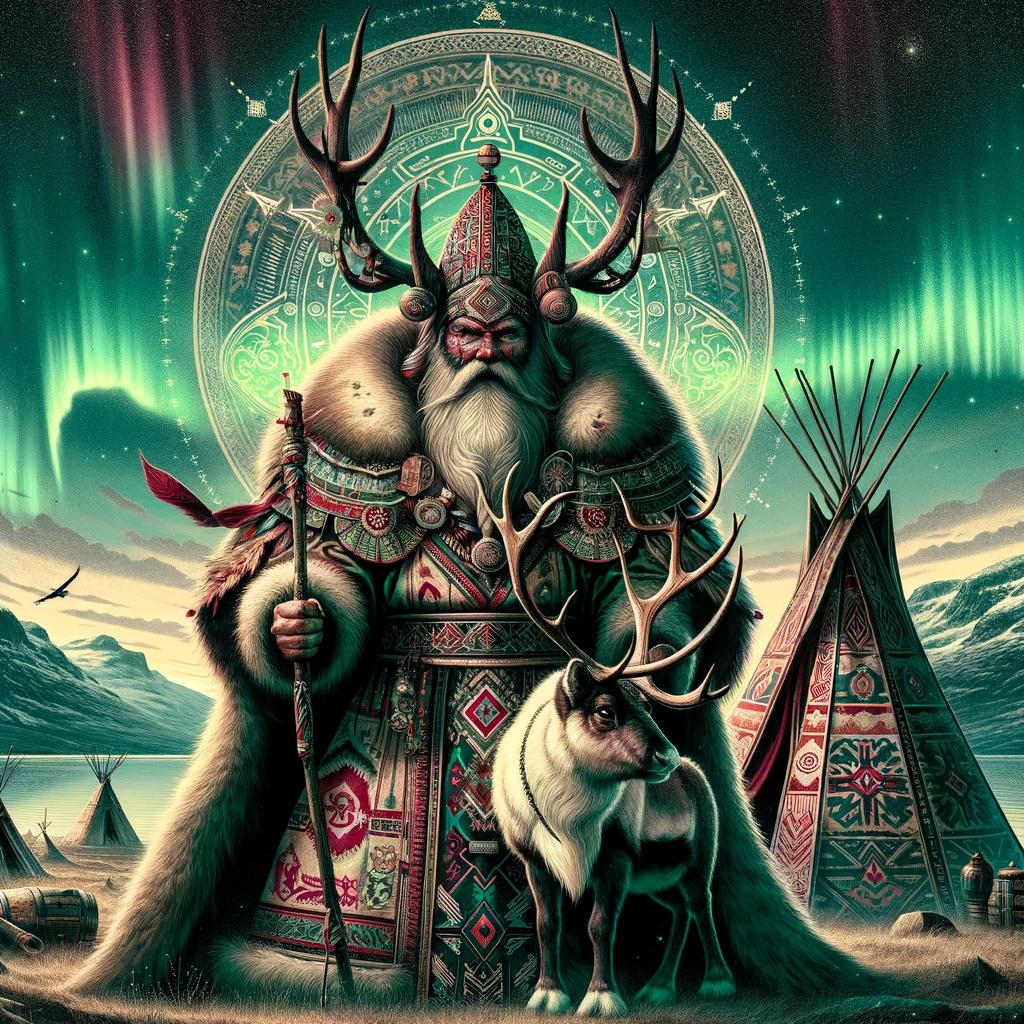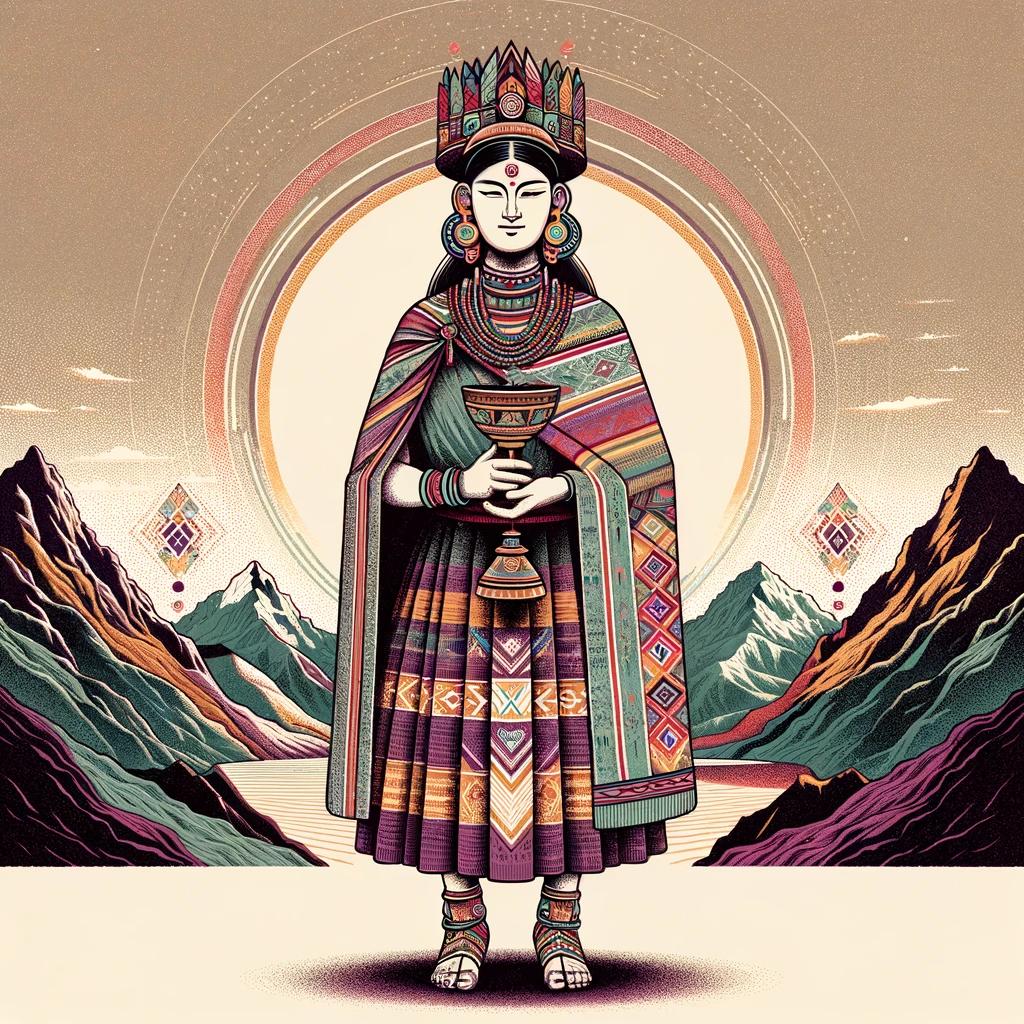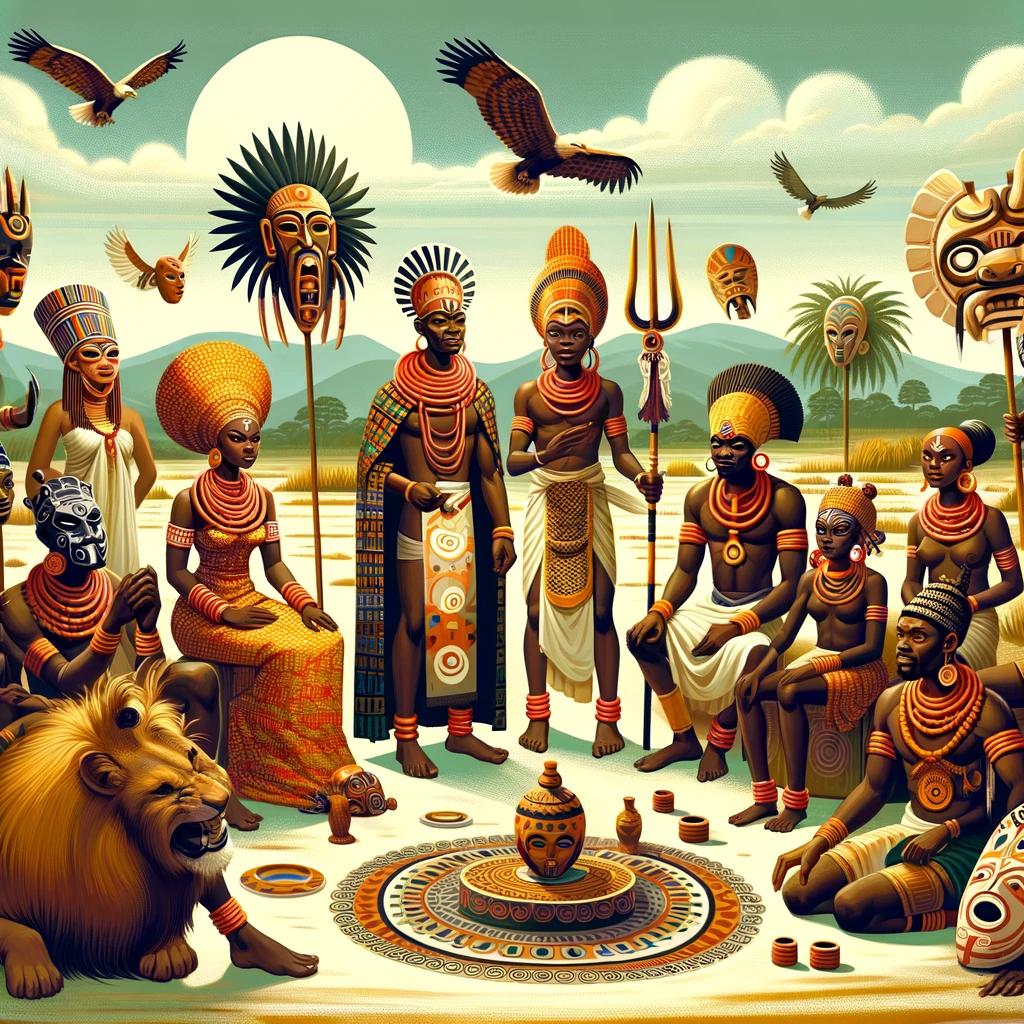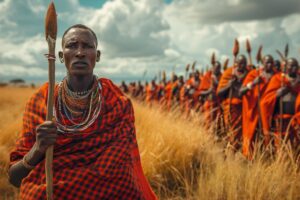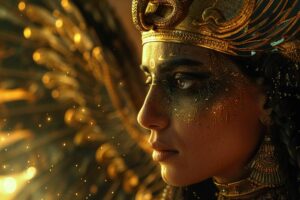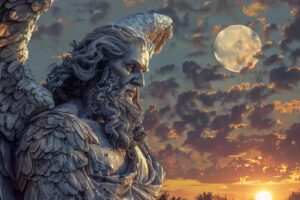Sami Mythology Gods and Goddesses: Unveiling the Tales of Ancient Sami Deities
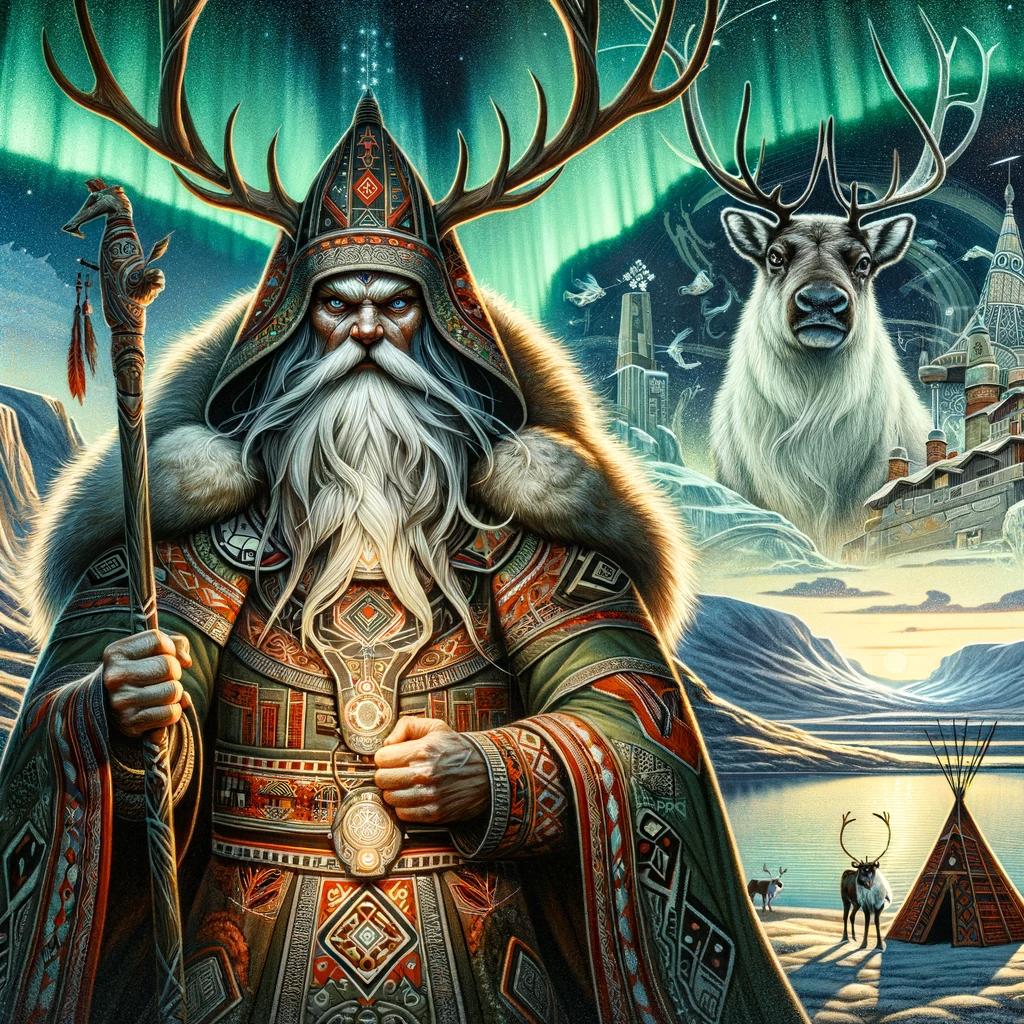
In Sami mythology, gods and goddesses play significant roles in their ancient beliefs. From the supreme god Radien, to the sun goddess Beaivi, and the god of thunder, Horagalles, these deities represent different aspects of nature and life.
The moon goddess Rana Niejta and the god of sickness and death, Storjunkare, also hold specific importance in Sami mythology. In this article, we will explore the key characters, the roles of Sami deities, their relationship with humans, and the beliefs and practices of this unique religion.
Furthermore, we will discuss the influence, adaptation, and preservation of Sami mythology in modern culture.
Key Characters in Sami Mythology
Sami mythology is rich with a diverse pantheon of gods and goddesses, each playing a significant role in shaping the Sami belief system. These key characters embody various aspects of nature, celestial bodies, and the human experience.
Let’s explore some of the prominent deities in Sami mythology:
Radien: The Supreme God
Radien holds the highest position in Sami mythology, symbolizing wisdom, creation, and the cosmic order. As the supreme god, Radien is associated with natural phenomena, acting as the creator and sustainer of the world.
Beaivi: The Sun Goddess
Beaivi represents the radiant energy of the sun, providing warmth, light, and life to all living beings. She is revered as a powerful deity who governs fertility, growth, and the cyclical nature of existence.
Horagalles: The God of Thunder
Horagalles governs the forces of thunder, lightning, and storms in Sami mythology. As a powerful and unpredictable deity, Horagalles symbolizes both destruction and renewal, showcasing the awe-inspiring might of nature.
Rana Niejta: The Moon Goddess
Rana Niejta embodies the serene and mystical qualities associated with the moon.
She is associated with dreams, intuition, and the cyclical rhythms of nature. Rana Niejta is believed to have a profound influence on human emotions and spiritual experiences.
Storjunkare: The God of Sickness and Death
Storjunkare represents the inevitable aspects of human existence, including sickness and death.
While often seen as an ominous figure, Storjunkare also holds the power to heal and guide souls in the afterlife.
Sami Deities and Their Roles
Sami mythology is rich with fascinating gods and goddesses who play vital roles in the Sami belief system. These deities represent various aspects of the natural world and hold significant influence over the lives of the Sami people.
Let’s explore some of the key figures:
Radien Attje: Guardian of the World and Underworld
Radien Attje holds the tremendous responsibility of being the guardian of both the physical world and the underworld in Sami mythology. As the supreme god, Radien Attje is associated with creation, wisdom, and protection.
Sami people seek guidance and blessings from Radien Attje, hoping for harmony and balance in their lives.
Meandash: The Mythic Sami Reindeer
Meandash, the mythic Sami reindeer, is often revered as a sacred being in Sami mythology. This majestic creature embodies strength, endurance, and the spirit of the wilderness. Sami people hold a deep spiritual connection with Meandash, considering it a symbol of prosperity and guidance in their nomadic lifestyle.
Animal Spirits in Sami Mythology
Animal spirits hold a significant place in Sami mythology, representing various qualities and traits. Wolves embody loyalty and intuition, while bears represent strength and protection. Eagles symbolize freedom, and salmon are associated with abundance and fertility.
These animal spirits serve as guides and sources of inspiration for the Sami people.
Relationship between Gods and Humans
In Sami mythology, the relationship between gods and humans is characterized by mutual respect and interdependence. Humans rely on the gods for guidance, protection, and blessings, while the gods depend on the faith and offerings of the Sami people.
This symbiotic relationship strengthens the bond between the mortal world and the divine realm.
The exploration of these Sami deities and their roles provides valuable insight into the rich cultural heritage and spiritual beliefs of the Sami people.
Their stories continue to inspire and enrich the modern understanding of Sami mythology.
Beliefs and Practices in Sami Religion
Beliefs and practices in Sami religion are deeply rooted in their connection with nature and the spiritual realm. This section explores the role of the Sami shaman as mediators between worlds, the significance of sacrifices and offerings to the gods, and the healing and medicine practices in Sami culture.
The Sami Shaman: Mediators between Worlds
The Sami shaman, known as a noaidi, plays a crucial role in Sami religious practices. They are regarded as intermediaries between the human and spiritual realms, capable of communing with gods, spirits, and ancestors.
Through rituals, drumming, chanting, and divination, the shaman seeks guidance, healing, and protection for the community.
Sacrifices and Offerings to the Gods
Sacrifices and offerings are inherent to Sami religious rituals, symbolizing a way to establish a connection with the gods and seek their favor. Blood, milk, meat, and other food items are often offered as a token of gratitude or a plea for assistance.
These practices demonstrate the Sami’s respect and devotion towards their deities and their role in maintaining balance and harmony within their environment.
Healing and Medicine in Sami Culture
In Sami culture, healing and medicine are closely intertwined with spiritual beliefs. Traditional healing practices involve the use of natural elements, such as herbs, minerals, and animal parts, in combination with rituals and prayers.
The shaman acts as a healer, addressing physical, emotional, and spiritual ailments. In Sami society, the holistic approach to healing combines both physical and metaphysical elements to restore well-being.
Influence and Adaptation of Sami Mythology
The rich mythology of the Sami people has not only shaped their spiritual beliefs and practices but has also influenced and adapted to external influences over the centuries.
This section explores the various aspects of how Sami mythology has been influenced and adapted, including interactions with the Christian God, influences from other cultures, and its presence in art, literature, and modern culture.
Christianization and Interactions with Christian God
With the arrival of Christianity in the Sami region, interactions between Sami mythology and the Christian God became inevitable. The Sami people integrated certain Christian beliefs with their mythology, creating a unique blend of spirituality.
The introduction of Christian figures and concepts, such as God, Jesus, and angels, brought about new interpretations of Sami deities and their roles.
Some Sami deities, like Radien, the Supreme God, were likened to the Christian God, while others, such as Beaivi, the Sun Goddess, were associated with biblical figures like the Virgin Mary.
These interactions between Sami mythology and Christianity not only influenced the Sami religious practices but also had an impact on the perception and understanding of Sami deities within the community.
Folklore Boundaries and Influences from Other Cultures
Throughout history, the Sami people have lived in close proximity to various neighboring cultures, such as Scandinavian, Finnish, and Russian.
This proximity has resulted in cross-cultural influences on Sami mythology. Elements from these cultures seeped into Sami folklore, bringing new perspectives and storylines to their myths and legends.
Interactions with Scandinavian cultures, for example, introduced new characters and creatures to Sami mythology.
These influences expanded the pantheon of Sami deities, creating a more diverse and interconnected spiritual universe. Additionally, the exchange of stories, traditions, and belief systems with neighboring cultures enriched the Sami mythology, maintaining its relevance and adaptability over time.
Sami Mythology in Art, Literature, and Modern Culture
The enduring presence of Sami mythology in art, literature, and modern culture speaks to its continued significance and impact. Artists, writers, and filmmakers have drawn inspiration from Sami myths and incorporated them into their creative works, contributing to the preservation and dissemination of Sami cultural heritage.
In visual arts, Sami motifs and characters often find expression in paintings, sculptures, and crafts, capturing the essence of Sami mythology. Similarly, literature featuring Sami mythology contributes to the appreciation and understanding of this unique spiritual tradition.
Contemporary authors explore Sami myths through novels, poetry, and children’s books, ensuring their legacy reaches a wide audience.
Furthermore, films and documentaries showcase the beauty and depth of Sami mythology, shedding light on the spiritual and cultural traditions of the Sami people.
This integration of Sami mythology into various art forms and media has played a vital role in preserving and promoting Sami culture and mythology in the modern world.
Sami mythology holds a profound significance in understanding the cultural and spiritual heritage of the Sami people.
The gods and goddesses of Sami mythology embody the connection between the Sami community and the natural world. These ancient deities represent the forces of nature, celestial bodies, and the cycles of life and death.
Reflection on the Preservation of Sami Cultural Heritage
The preservation of Sami cultural heritage, including mythology, is of paramount importance. It allows future generations to embrace their roots, identity, and indigenous knowledge. Efforts must be made to protect and promote Sami mythology as a vital component of cultural diversity and heritage.
The Sami people have faced challenges in preserving their cultural heritage due to historical events like Christianization and influences from other cultures. However, through revitalization initiatives, the Sami mythology continues to thrive and inspire contemporary art, literature, and cultural practices.
As custodians of their unique heritage, the Sami people are working diligently to ensure the survival and dissemination of their cultural knowledge. It is through these endeavors that the significance of Sami mythology remains a steadfast reminder of the Sami people’s enduring connection to their ancestral beliefs, the natural world, and their collective identity.
.











